-
 Bitcoin
Bitcoin $110200
-0.44% -
 Ethereum
Ethereum $4278
-0.32% -
 Tether USDt
Tether USDt $1.000
0.00% -
 XRP
XRP $2.802
-0.45% -
 BNB
BNB $859.6
1.16% -
 Solana
Solana $201.3
-0.88% -
 USDC
USDC $0.9999
0.00% -
 Dogecoin
Dogecoin $0.2145
-0.21% -
 TRON
TRON $0.3269
-1.34% -
 Cardano
Cardano $0.8214
-0.33% -
 Hyperliquid
Hyperliquid $46.01
-1.10% -
 Chainlink
Chainlink $22.12
-0.15% -
 Ethena USDe
Ethena USDe $1.001
0.00% -
 Sui
Sui $3.341
-1.34% -
 Bitcoin Cash
Bitcoin Cash $596.5
-2.52% -
 Stellar
Stellar $0.3559
-0.58% -
 Avalanche
Avalanche $24.55
0.88% -
 Hedera
Hedera $0.2151
-0.64% -
 Cronos
Cronos $0.2680
0.15% -
 UNUS SED LEO
UNUS SED LEO $9.574
0.49% -
 Litecoin
Litecoin $112.1
-0.30% -
 Toncoin
Toncoin $3.053
-1.10% -
 Shiba Inu
Shiba Inu $0.00001225
-0.67% -
 Polkadot
Polkadot $3.804
-0.30% -
 Uniswap
Uniswap $9.314
-0.44% -
 Dai
Dai $0.9998
0.00% -
 Ethena
Ethena $0.7359
11.31% -
 Monero
Monero $266.0
-0.37% -
 World Liberty Financial
World Liberty Financial $0.1975
8.19% -
 Aave
Aave $299.5
-0.96%
How do I backup the Exodus wallet?
Back up your Exodus wallet by recording and securely storing your 12-word recovery phrase; it's essential for recovering your funds if you lose access to your device.
Apr 04, 2025 at 01:43 am
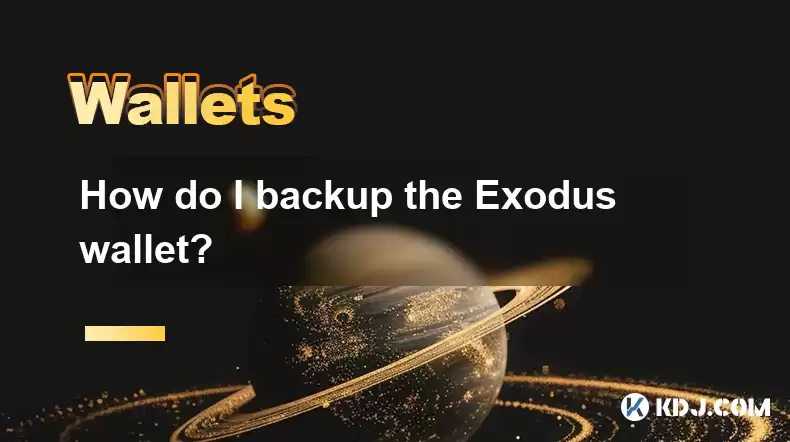
Backing up your Exodus wallet is crucial for safeguarding your cryptocurrency assets. The process is straightforward and ensures that you can recover your funds if you lose access to your device. To start, you'll need to locate and record your 12-word recovery phrase, which is the key to restoring your wallet on any device. This phrase is generated when you first set up your wallet and is essential for backup purposes. Make sure to store this phrase in a secure location, away from prying eyes and potential theft.
To begin the backup process, open your Exodus wallet and navigate to the backup section. This is usually found under the settings or security menu. Once there, you will be prompted to write down your 12-word recovery phrase. It's important to do this on a piece of paper rather than digitally, as digital storage can be vulnerable to hacking. After writing down the phrase, verify it on the screen to ensure accuracy. This step is crucial as any mistake in the phrase can lead to the inability to recover your wallet.
After verifying the recovery phrase, you should store it in a safe place. Consider using a fireproof and waterproof safe, or a secure deposit box at a bank. It's also a good idea to create multiple copies and store them in different locations to mitigate the risk of losing all copies in one event. Remember, anyone with access to this phrase can access your funds, so security is paramount. Never share your recovery phrase with anyone, and avoid storing it in easily accessible locations.
Additional Security Measures
In addition to securing your recovery phrase, there are other steps you can take to enhance the security of your Exodus wallet. Enable two-factor authentication (2FA) if available, as this adds an extra layer of protection to your account. Regularly update your wallet software to the latest version to benefit from the latest security patches and features. Be cautious of phishing attempts, where malicious actors might try to trick you into revealing your recovery phrase or other sensitive information.
Another important aspect of wallet security is to use strong, unique passwords for your device and any online accounts associated with your wallet. Avoid using easily guessable passwords and consider using a password manager to generate and store complex passwords securely. Additionally, be wary of downloading software or clicking on links from unknown sources, as these can be vectors for malware that could compromise your wallet.
Restoring Your Wallet
If you need to restore your Exodus wallet, the process is relatively simple. First, download and install the Exodus wallet software on your new device. Once installed, you'll be prompted to create a new wallet or restore an existing one. Choose the restore option and enter your 12-word recovery phrase. After entering the phrase, the wallet will be restored with all your previous balances and transaction history.
It's important to ensure that you're restoring your wallet on a trusted device. If you suspect that your device might be compromised, consider using a different device or wiping the existing one and reinstalling the operating system before proceeding. Once your wallet is restored, double-check all your balances and transaction history to confirm that everything has been correctly recovered.
Common Mistakes to Avoid
One common mistake users make is not verifying their recovery phrase correctly. Always double-check the phrase against what's displayed on the screen to ensure accuracy. Another mistake is storing the recovery phrase in an insecure manner, such as on a digital device or in a place easily accessible to others. Always use physical storage and consider multiple secure locations for your copies.
Avoid sharing your recovery phrase with anyone, even if they claim to be from Exodus support. Official support will never ask for your recovery phrase. Additionally, be cautious of scams that might trick you into revealing your phrase or other sensitive information. Regularly reviewing and updating your security practices can help prevent these mistakes and keep your funds safe.
Additional Tips for Wallet Management
Keeping your wallet software up to date is essential for security. Exodus regularly releases updates that include new features and security enhancements. Always download updates from the official Exodus website to avoid downloading malicious software. Additionally, consider diversifying your cryptocurrency holdings across multiple wallets to reduce the risk of losing all your assets if one wallet is compromised.
It's also a good practice to periodically review your wallet's transaction history to detect any unauthorized transactions early. If you notice any suspicious activity, take immediate action by securing your wallet and reporting the issue to Exodus support. Regularly backing up your wallet, even if you haven't added new funds, is a good habit to maintain, as it ensures you always have the latest recovery phrase.
Common Questions Related to Backing Up the Exodus Wallet
Q: What is a recovery phrase in the Exodus wallet?A: A recovery phrase, also known as a seed phrase, is a 12-word sequence generated when you first set up your Exodus wallet. This phrase is used to restore your wallet on any device and is essential for backing up your wallet.
Q: How should I store my recovery phrase?A: Store your recovery phrase on a piece of paper in a secure location, such as a fireproof and waterproof safe or a secure deposit box at a bank. Avoid digital storage and never share the phrase with anyone.
Q: Can I backup my Exodus wallet on multiple devices?A: Yes, you can restore your Exodus wallet on multiple devices using the same 12-word recovery phrase. However, ensure that each device is secure and trusted before restoring your wallet.
Q: What should I do if I lose my recovery phrase?A: If you lose your recovery phrase, you will not be able to recover your wallet or access your funds. It's crucial to keep multiple secure copies of your recovery phrase in different locations.
Q: Is it safe to use Exodus wallet on a public computer?A: It's not recommended to use your Exodus wallet on a public computer, as it may be compromised by malware or other security risks. Always use a trusted and secure device to access your wallet.
Q: How often should I backup my Exodus wallet?A: It's a good practice to backup your Exodus wallet whenever you add new funds or make significant changes to your holdings. Regularly reviewing and updating your backup ensures you always have the latest recovery phrase.
Disclaimer:info@kdj.com
The information provided is not trading advice. kdj.com does not assume any responsibility for any investments made based on the information provided in this article. Cryptocurrencies are highly volatile and it is highly recommended that you invest with caution after thorough research!
If you believe that the content used on this website infringes your copyright, please contact us immediately (info@kdj.com) and we will delete it promptly.
- Crypto's New Frontier: Rollblock, Liquidity, and the Future of Gaming
- 2025-09-07 04:45:12
- PENGU Price, PEPE Coin, BlockDAG Comparison: What's the Hype?
- 2025-09-07 05:05:15
- BONK Price, Stellar Price, BlockDAG Comparison: What's the Buzz in Crypto?
- 2025-09-07 05:05:15
- XRP to $10? Here's Why the Crypto World is Buzzing
- 2025-09-07 05:10:12
- Shiba Inu: Price Predictions and Investor Rewards - What's the Deal?
- 2025-09-07 05:10:12
- SUI, AVAX, and MAGACOIN: Navigating the Crypto Landscape in 2025
- 2025-09-07 05:25:13
Related knowledge
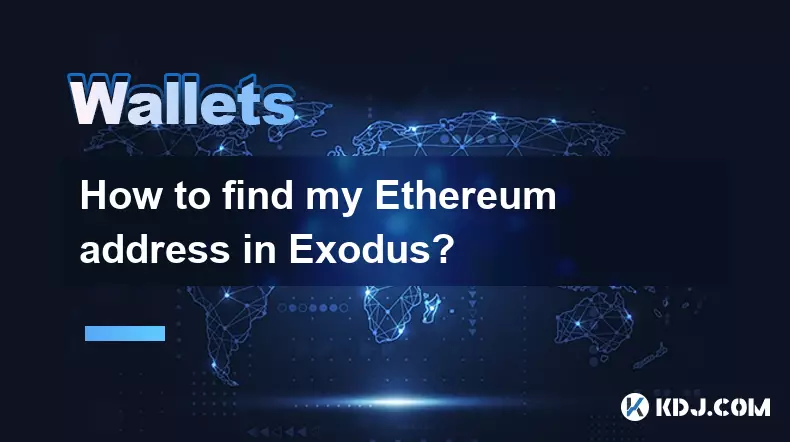
How to find my Ethereum address in Exodus?
Sep 06,2025 at 06:18pm
Accessing Your Ethereum Address in Exodus Wallet1. Launch the Exodus wallet application on your desktop or mobile device. Ensure that you have success...
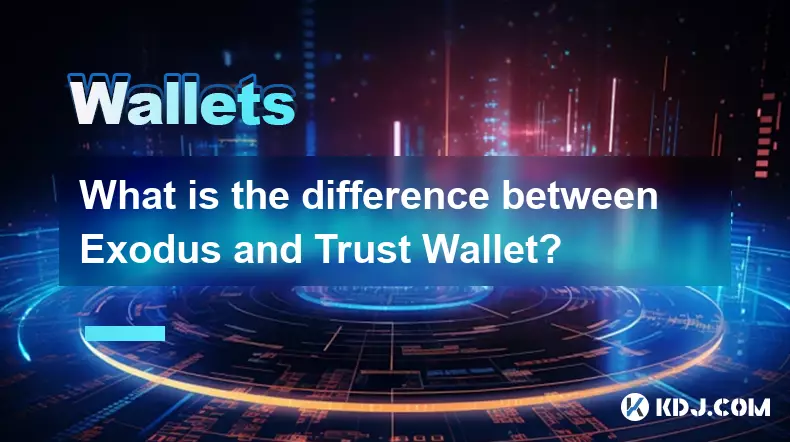
What is the difference between Exodus and Trust Wallet?
Sep 05,2025 at 05:36pm
Differences in Wallet Architecture and Design Philosophy1. Exodus operates as a multi-asset desktop and mobile wallet with an emphasis on user experie...
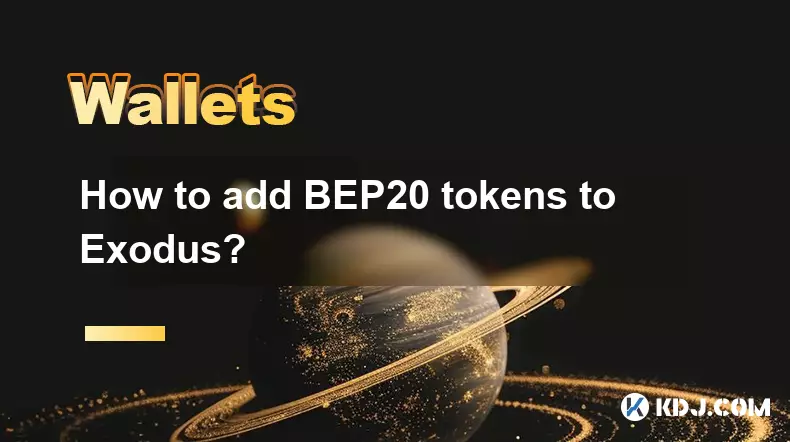
How to add BEP20 tokens to Exodus?
Sep 06,2025 at 09:36am
Understanding BEP20 Tokens and Exodus Wallet Compatibility1. BEP20 is a token standard used on the Binance Smart Chain, designed to support smart cont...
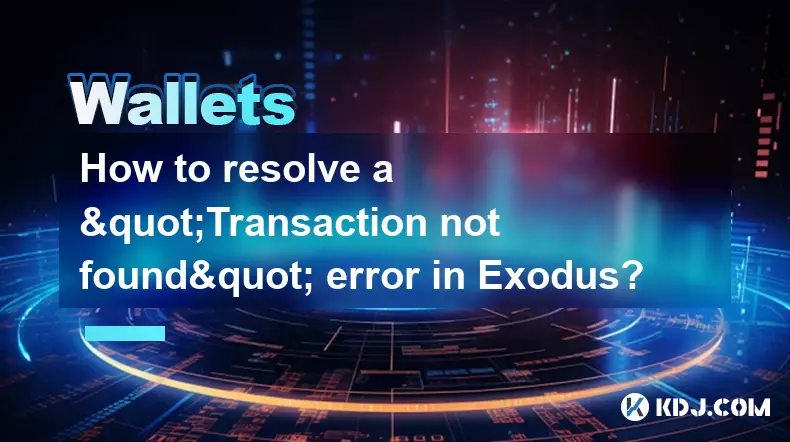
How to resolve a "Transaction not found" error in Exodus?
Sep 06,2025 at 08:36pm
Encountering a 'Transaction not found' error in Exodus can be frustrating, especially when expecting incoming funds or verifying a completed transfer....

How to backup my Exodus wallet?
Sep 06,2025 at 11:18pm
Understanding Exodus Wallet Backup Basics1. Exodus is a software wallet that stores private keys locally on your device. Unlike custodial wallets, use...
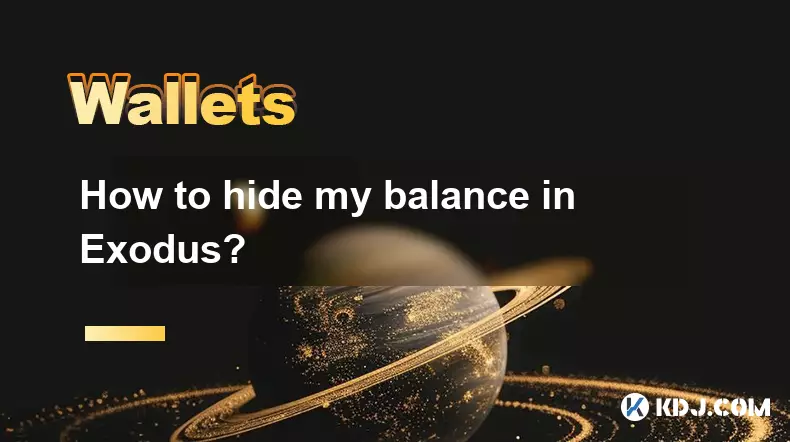
How to hide my balance in Exodus?
Sep 06,2025 at 09:01pm
Understanding Balance Visibility in Exodus Wallet1. Exodus is a non-custodial cryptocurrency wallet that emphasizes user privacy and ease of use. By d...

How to find my Ethereum address in Exodus?
Sep 06,2025 at 06:18pm
Accessing Your Ethereum Address in Exodus Wallet1. Launch the Exodus wallet application on your desktop or mobile device. Ensure that you have success...

What is the difference between Exodus and Trust Wallet?
Sep 05,2025 at 05:36pm
Differences in Wallet Architecture and Design Philosophy1. Exodus operates as a multi-asset desktop and mobile wallet with an emphasis on user experie...

How to add BEP20 tokens to Exodus?
Sep 06,2025 at 09:36am
Understanding BEP20 Tokens and Exodus Wallet Compatibility1. BEP20 is a token standard used on the Binance Smart Chain, designed to support smart cont...

How to resolve a "Transaction not found" error in Exodus?
Sep 06,2025 at 08:36pm
Encountering a 'Transaction not found' error in Exodus can be frustrating, especially when expecting incoming funds or verifying a completed transfer....

How to backup my Exodus wallet?
Sep 06,2025 at 11:18pm
Understanding Exodus Wallet Backup Basics1. Exodus is a software wallet that stores private keys locally on your device. Unlike custodial wallets, use...

How to hide my balance in Exodus?
Sep 06,2025 at 09:01pm
Understanding Balance Visibility in Exodus Wallet1. Exodus is a non-custodial cryptocurrency wallet that emphasizes user privacy and ease of use. By d...
See all articles
























































































